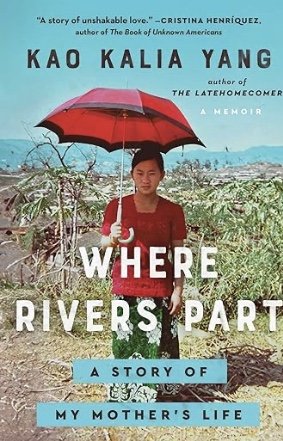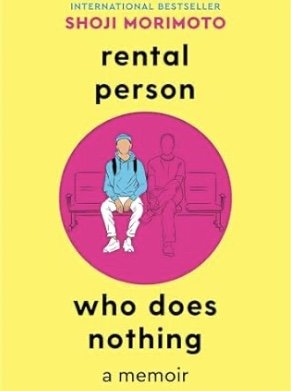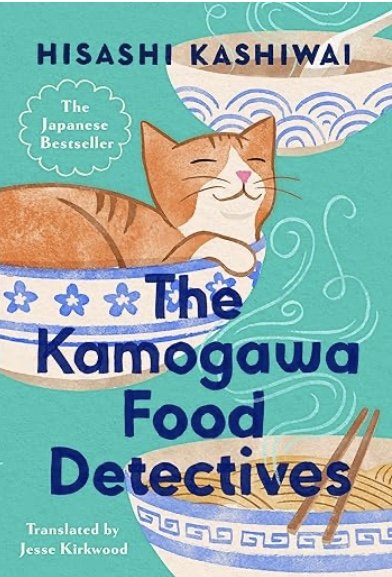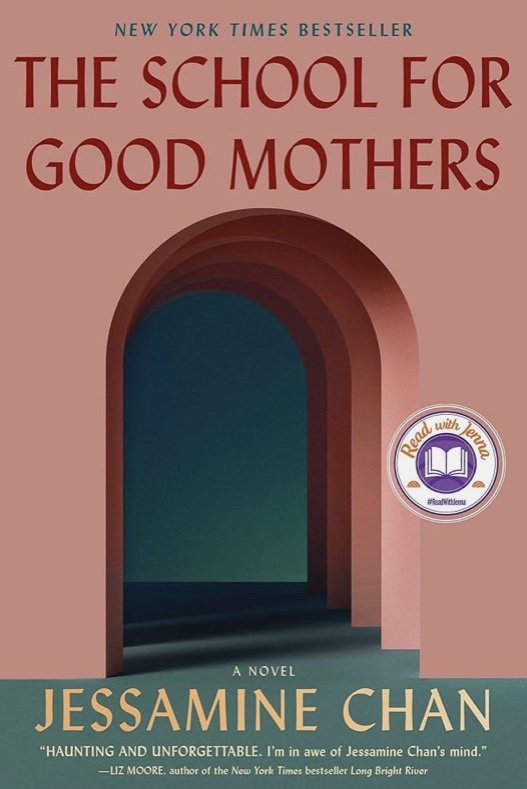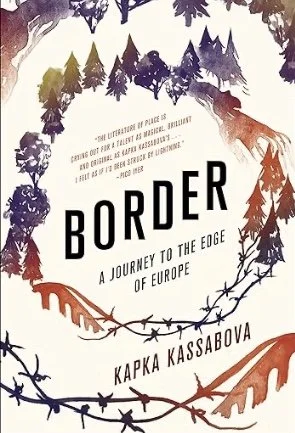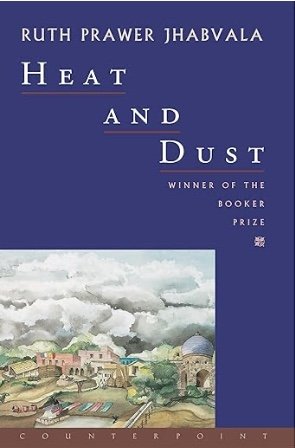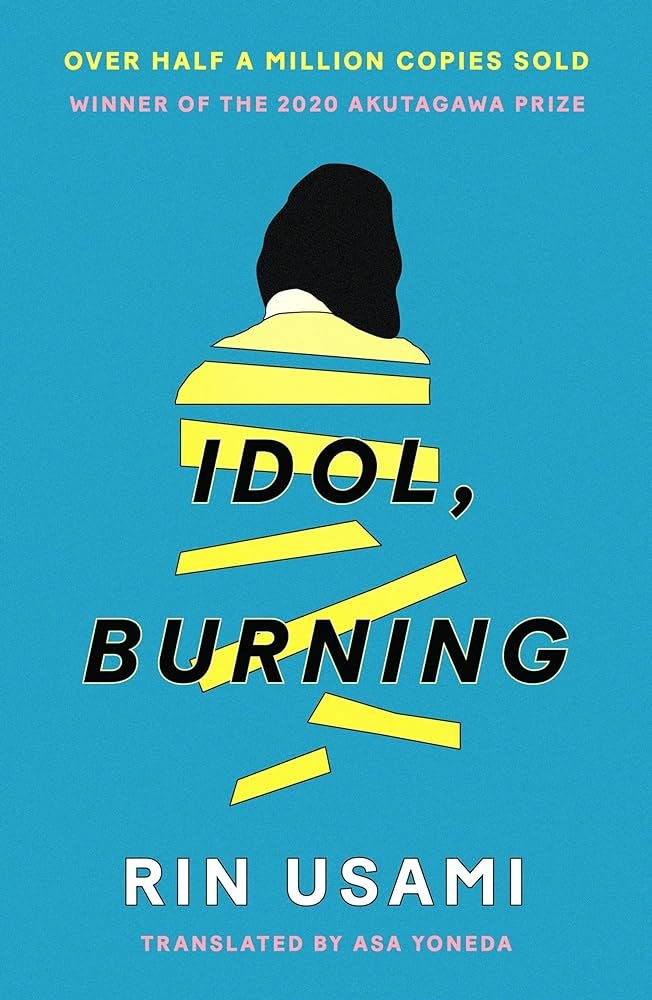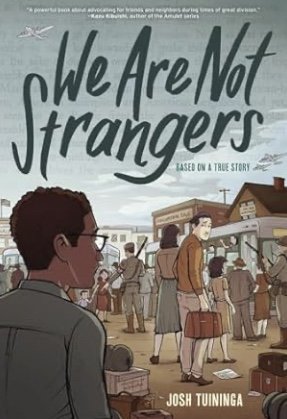The Golden Voice: The Ballad of Cambodian Rock's Lost Queen by Gregory Cahill and Kat Baumann (Life Drawn by Humanoids)
As a person who’s been an enthusiastic reader for 71 years, it came as a shock when I recently discovered there were reading skills I’ve yet to acquire. I wasn’t allowed to read comic books when I was a child which means I’ve struggled with graphic novels as a (very) mature adult. Giving equal attention to the words and the pictures in each frame wasn’t easy for me and when I finally learned to do it, I felt quite proud.
Then I bought a copy of The Golden Voice, a biography of the Cambodian singer Ros Serey Sothea, that is written as a graphic narrative. The art is cinematic and the words, readers are told at the outset, are written in three different languages: Romanized Khmer, English, and French, along with a healthy smattering of military acronyms. But here’s what most intrigued me, and almost defeated me—this book comes with a playlist and a QR code that allows 47 songs to be played as the book is being read.
I’m a tremendous fan of the Khmer music stars of the 60s and 70s, especially Ros Serey Sothea and Sin Sisamouth, both of whom died during Pol Pot’s reign of terror. So I happily scanned the QR code and read the accompanying directions. The songs were chosen to complement the narrative and they were meant to be played in order. However there was a little glitch. Icons with the corresponding numbers of each song appeared in the frames, telling readers when to hit play and when to hit stop.
Once I was involved in the life of a girl who rose out of the rice fields in Battambang to become a star renowned and loved throughout the Kingdom of Cambodia, I often overlooked the tiny numbered icons that gave the appropriate background music. They are very small and easy to miss. I ended up backtracking to hit play--but since I’m a rapid reader, I was told to stop much too soon and so I heard only a few bars of each song. By the time I turned the final page, I had a mild headache and felt as if I’d just picked up a raging case of dyslexia.
Probably the ideal way to read this stunning piece of graphic art is to play the 47 songs without stopping—at least for readers like me who are unused to the magic of QR codes and instructions embedded in the text. After I approached the book that way, I wasn’t only immersed in the tragic life of a gifted singer, I felt as if I’d been transported to the radio stations, recording studios, nightclubs, and the American Embassy in Phnom Penh during the war. The art is that detailed, showing not just the city but the rapidly changing facial expressions of the characters that do much to tell the story. Reading The Golden Voice is like watching an animated film.
First published in Cambodia, this book gives a detailed look at the turbulent and tragic years that led up to the Khmer Rouge’s takeover of the country. Gregory Cahill met and interviewed surviving members of Ros Serey Sothea’s and Sin Sisamouth’s families. Unfortunately these relatives were unable to give a complete picture of events that took place after the Khmer Rouge came to power so Cahill cautions readers that not everything he’s written is factual. The tragic end of Ros Serey Sothea’s life may not have happened as he’s shown it in this biography.
Still, through his text and Kat Baumann’s art, along with the songs they’ve provided, the life of this beautiful woman who died when she was only thirty, is movingly and carefully told.~Janet Brown

